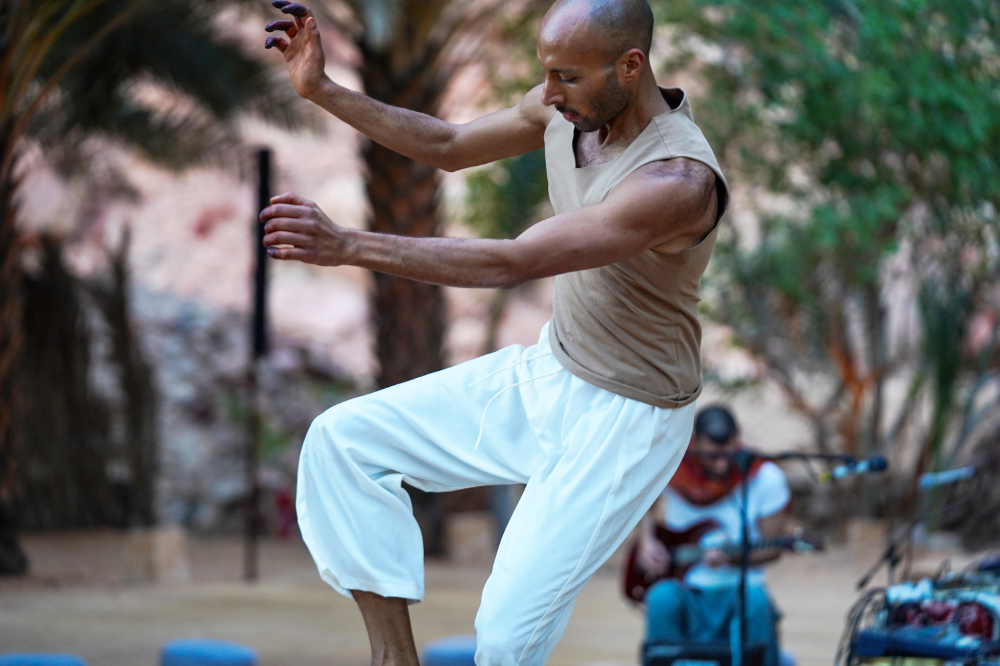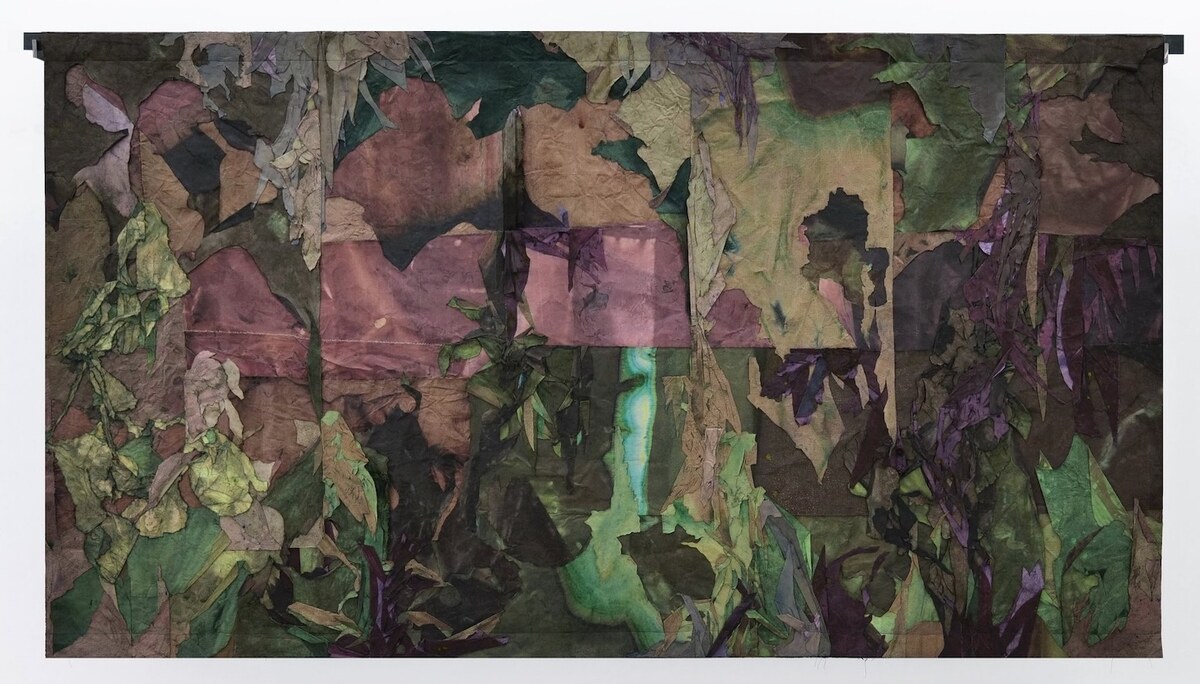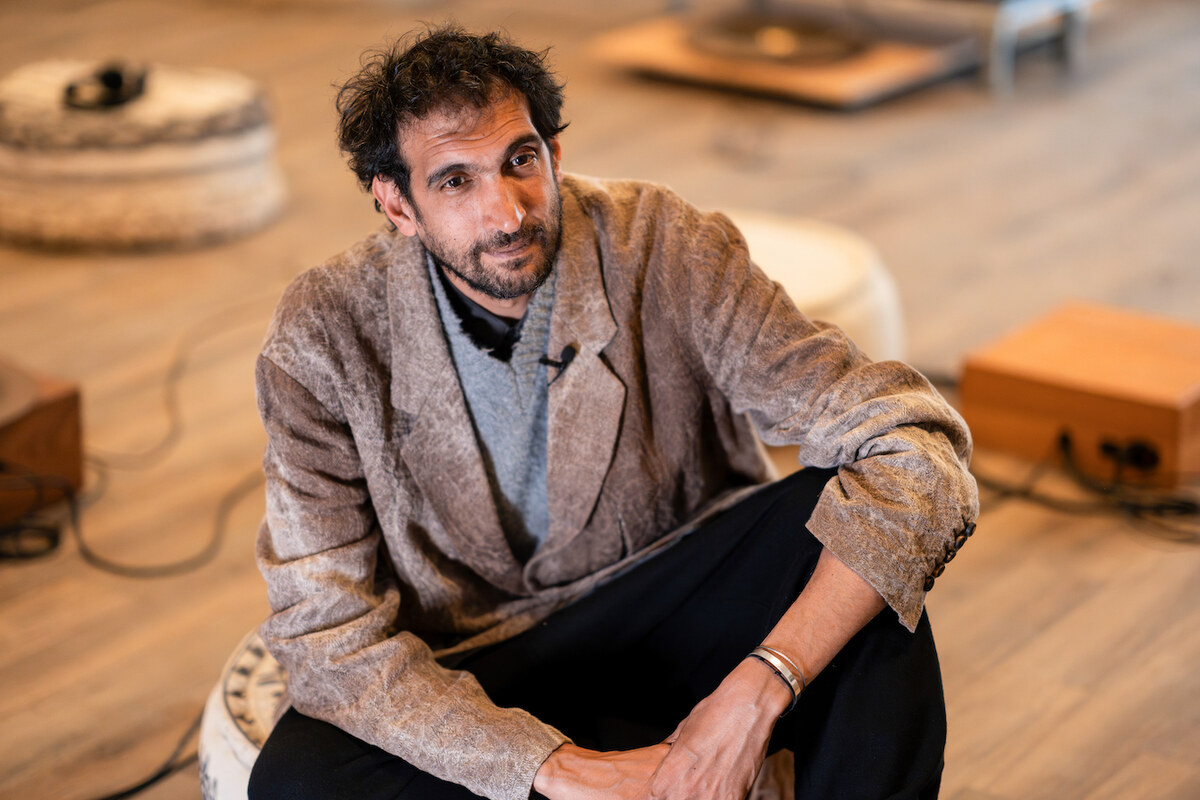DUBAI: Leading authors from around the world are calling for a boycott of Israeli cultural institutions.
More than 1,000 writers and publishing professionals have signed a letter pledging to boycott Israeli cultural institutions that “are complicit or have remained silent observers of the overwhelming oppression of Palestinians.”
Popular authors who have signed the letter include Irish author Sally Rooney, known for novels like “Conversations with Friends,” “Normal People” and, most recently, “Intermezzo”; Pulitzer Prize-winning American-Libyan novelist Hisham Matar; Pulitzer Prize-winning novelist Viet Thanh Nguyen; Booker Prize winner Arundhati Roy; Mohsin Hamid, author of “The Reluctant Fundamentalist”; and Booker Prize-nominated Avni Doshi, who is based in Dubai.
The authors pledged to not work with Israeli publishers, festivals, literary agencies and publications that are “complicit in violating Palestinian rights,” including operating “discriminatory policies and practices” or “whitewashing and justifying Israel’s occupation, apartheid or genocide.”
Institutions that have never publicly recognized the “inalienable rights of the Palestinian people as enshrined in international law” will also be boycotted.
The campaign was organized by the Palestine Festival of Literature (also known as PalFest), which runs annually with free public events in cities across Palestine.
“We, as writers, publishers, literary festival workers, and other book workers, publish this letter as we face the most profound moral, political and cultural crisis of the 21st century,” begins the statement, which goes on to say that Israel has killed “at the very least 43,362” Palestinians in Gaza since last October and that this follows “75 years of displacement, ethnic cleansing and apartheid.”
Culture “has played an integral role in normalizing these injustices,” it says. Israeli cultural institutions, “often working directly with the state, have been crucial in obfuscating, disguising and art-washing the dispossession and oppression of millions of Palestinians for decades.”
Industry workers have a “role to play,” states the pledge. “We cannot in good conscience engage with Israeli institutions without interrogating their relationship to apartheid and displacement,” it reads, noting that “countless authors” took the same position against apartheid in South Africa.
The letter ends with a call to the signatories’ peers to join the pledge.
























